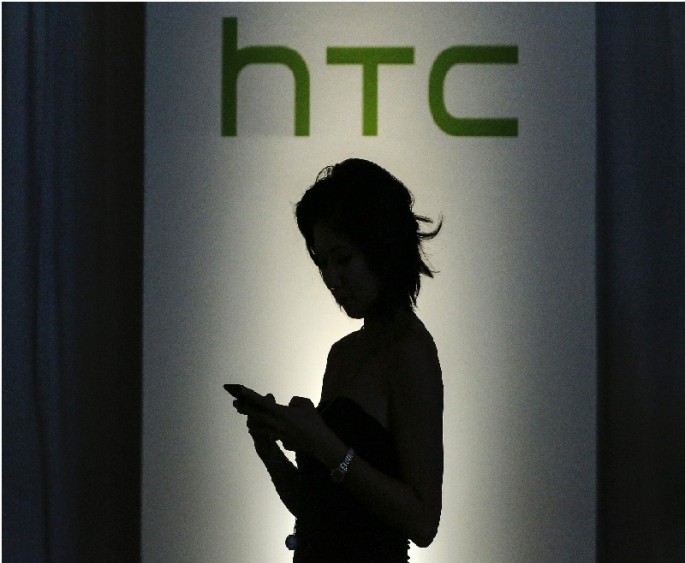Google's newest tablet, which comes in the form of HTC Nexus 9, boasts powerful and impressive specifications. A keen eye, however, will reveal some of its flaws. It is interesting to know that HTC has been quick and determined in resolving these issues.
The Nexus 9 is on the right track to become the best tablet in the market right now. It runs on Google's latest OS, the Android 5.0 nicknamed "Lollipop". A steady rise of complains however are directed towards the tablets design. Some owners complained that the power button and volume button are too far apart.
Another blemish pointed out by a lot of users is Nexus 9's "backlight bleeding" issue. Backlight bleeding is a common problem with a lot of tablets and hand-held devices, it occurs when lights slip beneath the display panels especially along the corners of the screen. However, this is an inherent defect common with high-resolution LCD and has nothing to do with the Nexus 9's design.
Google's decision to partner up with HTC again was quite a surprise considering the product they released when they first partnered up. The HTC Flyer released back in 2011 was definitely a flop in both its hardware and software aspect.
Nexus 9's imperfections however can be easily displaced once you look beneath its excusable inadequacies. Sporting a Dual-core 2.3GHz 64-bit Nvidia Tegra K1 chip, it is currently the fastest processor in the market beating iPad Air's A7 chip which also runs with a 64-bit architecture. Its screen size of 8.9 inch with a maximum screen resolution of 2048 x 1536 is also remarkable.
The camera is not at all very powerful but it does the job of capturing those important moments. Its limited storage option is probably its biggest downside. It is only available in 16 and 32 GB and the absence of memory expansion will really disappoint users with high storage demands. Its battery life can last up to about five hours even under intense gaming.
Prices range from $399 for the 16GB model and $479 for the 32GB model. An LTE-capable model is already in development and is expected cost around $600 when released to the market.



























